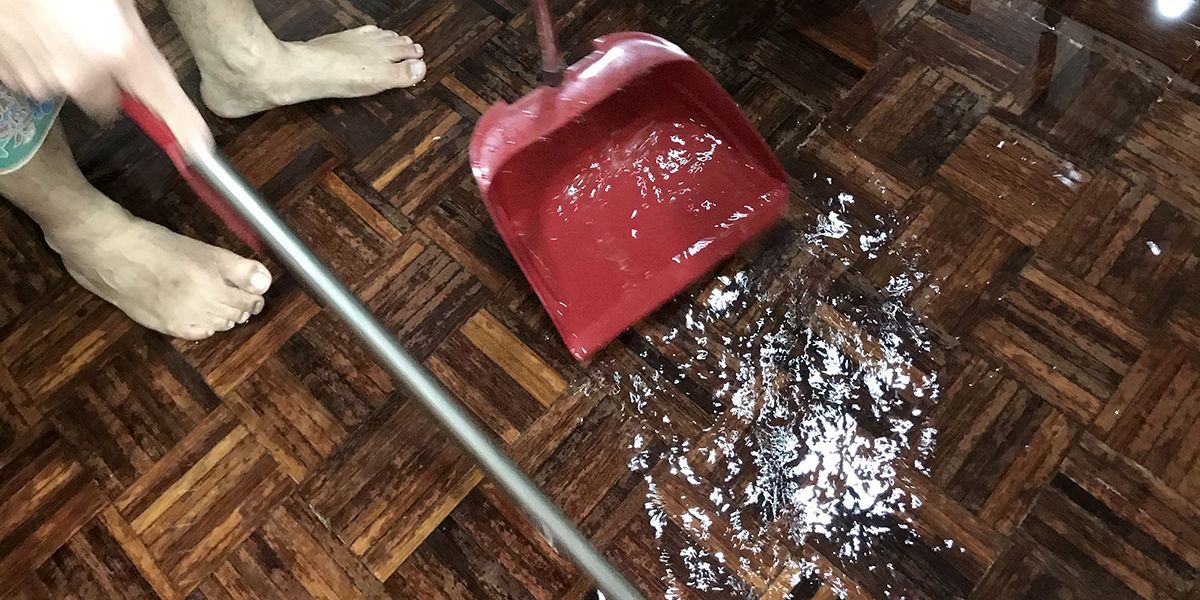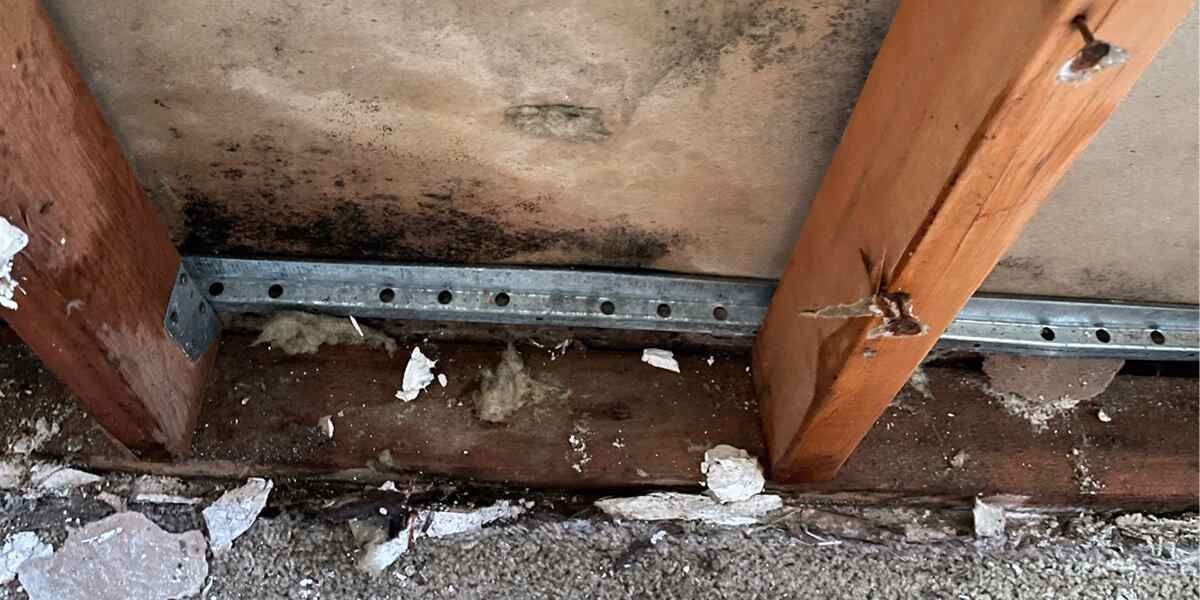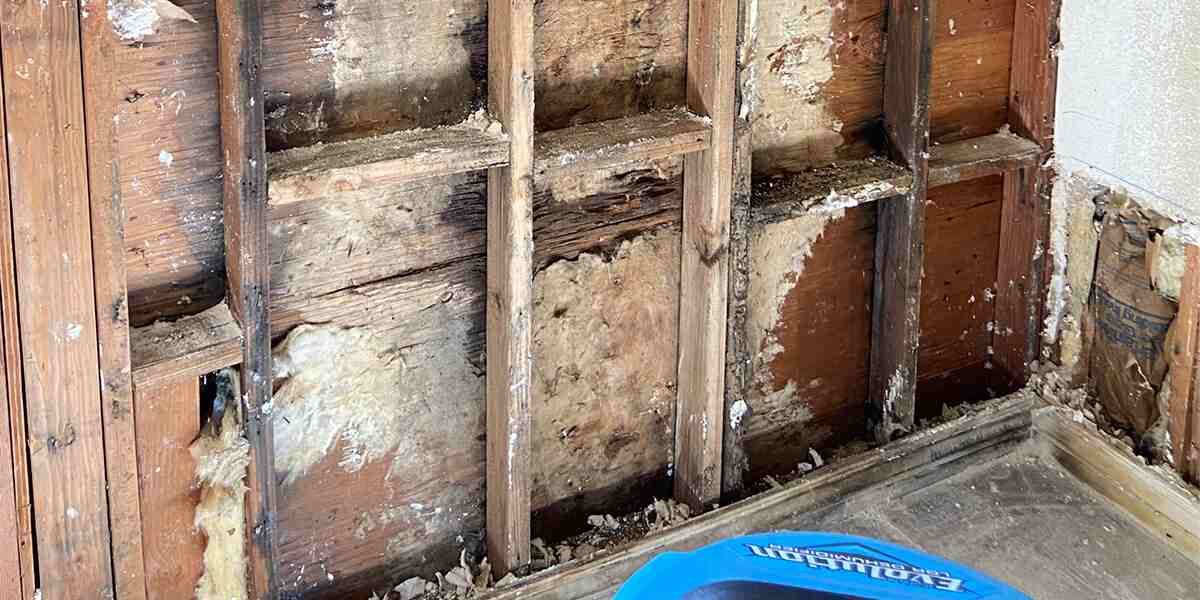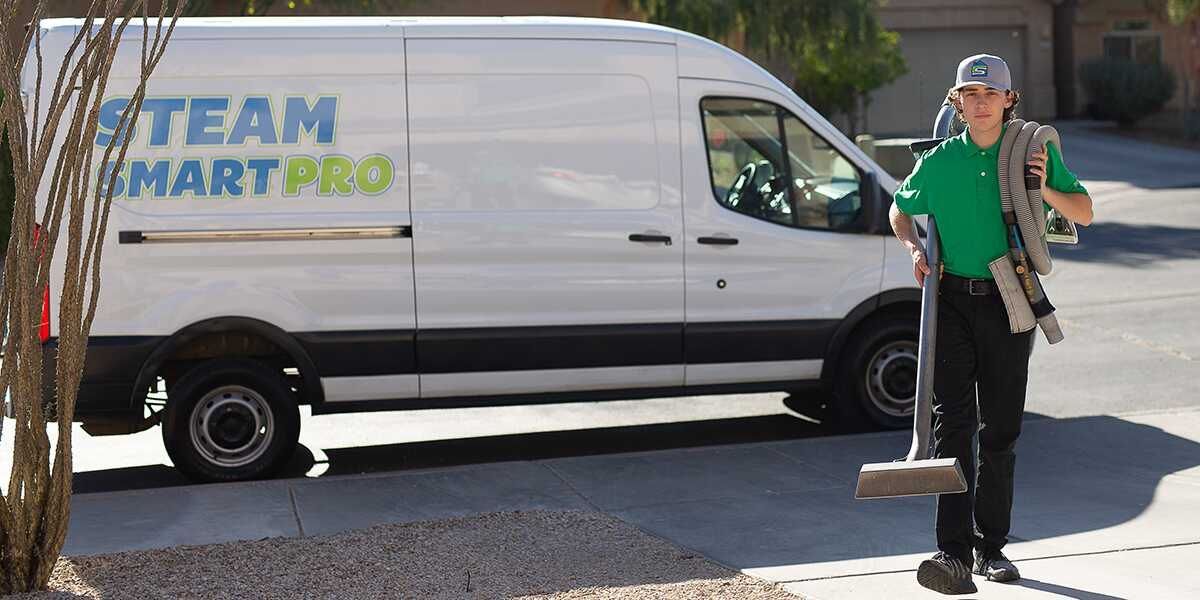Steam Smart Pro Carpet Duct & Tile Cleaning
10 Tips to Prepare for Flooding in Tucson, AZ

One of the most costly and destructive problems a Tucson homeowner can face is water damage. Whether it’s a burst pipe, a roof leak, or a home flood caused by monsoon rains, excess water can quickly destroy flooring, drywall, ceilings, carpets, and even your home’s structure. Preparing your home before a flood event can save you thousands in repairs and protect both your family and your belongings.
1. First, do you live in a Flood Zone?
If you’re buying or currently living in a home, one of the first steps is to check whether you’re in a flood-prone area. The Federal Emergency Management Agency (FEMA) provides maps that outline risk zones.
- High-risk flood zones: Marked with an A or V classification
- Moderate/low risk: Marked with B, C, or X classifications
- Undetermined risk: Marked with a D
Even if you’re outside a high-risk zone, Tucson’s monsoon flooding can affect nearly any neighborhood.
2. Get Flood Insurance
Most standard homeowners’ insurance policies do not cover flood damage. If your home is in a high-risk flood zone, your mortgage lender will likely require a flood insurance policy. Many Tucson homeowners in “low-risk” areas also choose to carry it since even a small home flood can cost thousands in repairs. The Federal Emergency Management Agency (FEMA) says that “If you live in an area with low or moderate flood risk, you are 5 times more likely to experience flood than a fire in your home over the next 30 years.”
3. Raise Electrical Components
If you live in a flood-prone area, elevate outlets, switches, and wiring to reduce the risk of electrocution during a monsoon flood. Electrical components exposed to water not only pose safety hazards but may also require full system replacement. Keep appliances, heaters, and electrical equipment off the floor whenever possible.
4. Protect Your Basement
Basements and lower levels are the most vulnerable areas during a home flood. Protect them by:
- Raising outlets and switches as high as possible
- Applying a concrete sealer to walls
- Installing a sump pump to redirect groundwater
For added protection during Tucson’s monsoon season, consider a battery backup sump pump, which will keep running even if the storm knocks out your power.
5. Prepare a Flood Emergency Kit
Every Tucson household should have an emergency kit ready before monsoon season begins. Stock it with at least three days’ worth of supplies:
- Canned food and non-perishables
- One gallon of water per person per day
- Prescription medications
- Emergency phone charger
- IDs and important documents in a waterproof container
- Flashlights and batteries
6. Plan Evacuation Routes
A serious monsoon flood may force you to leave your home quickly. Identify several evacuation routes in case roads are closed or underwater. Share the plan with family members so everyone knows where to go and how to get there safely.
7. Watch for Monsoon Flood Alerts
Local Tucson weather stations and emergency alerts are critical during monsoon season. Always pay attention to flash flood warnings and act immediately when alerts are issued.
8. Protect Your Belongings
When a flood warning is issued, move valuables to higher levels in your home. Store essential documents in a waterproof safe. If evacuation becomes necessary, prioritize your family’s safety over possessions.
9. Shut Off Utilities
In a flood, turn off your main breaker, water, and gas lines to prevent fire, electrocution, or further water damage. Familiarize yourself with these shut-off points before an emergency strikes.
10. Build Barriers Against Flood Water
Sandbags and inflatable barriers can help keep monsoon flood water out of your home. Place them near basement windows, doors, and other entry points. Even a small barrier can reduce the risk of costly flood damage.
Looking for Professional Water Damage Restoration in Tucson, AZ?
Knowing how to prepare for a home flood is essential, but when water gets inside, fast action is critical. At Steam Smart Pro, we specialize in water damage repair and flood damage restoration in Tucson. Our trained technicians use advanced equipment to remove standing water, dry affected areas, and prevent microbial growth after monsoon flooding.
Call us today at 520-416-4308 or visit our website to learn more about our flood water removal services in Tucson, FREE Quotes given over the phone!



